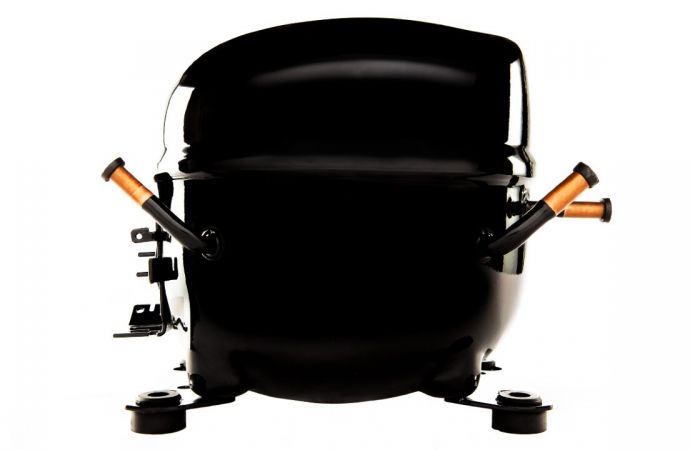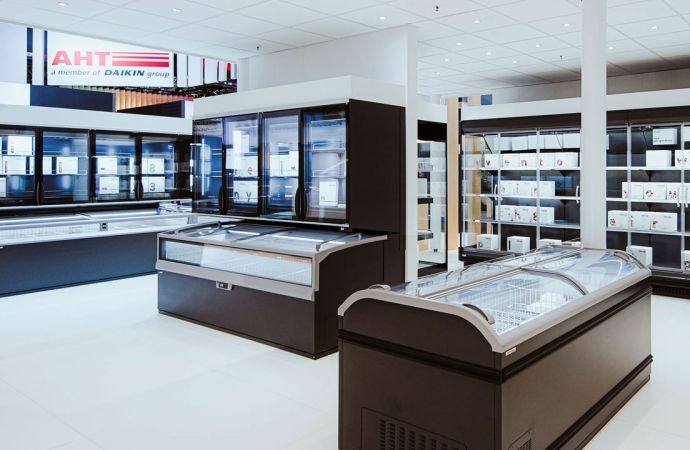INTARCON made the installation in Cordoba, southern Spain.
_1538465661.jpg)
Daniel Campaña from INTARCON addresses ATMO Ibérica.
INTARCON, a Spanish manufacturer of commercial and industrial refrigeration units, is piloting a double cascade R290-CO2-CO2 refrigeration system in an installation in Cordoba, southern Spain
“It’s a double cascade refrigeration system configured to use two CO2 loops in conjunction with a propane loop to provide cooling to cabinets, freezers and cold rooms in a supermarket,” Daniel Campaña from INTARCON told last month’s ATMOsphere Ibérica conference in Madrid, Spain (18 September).
Campaña said the firm had tested the double cascade propane-CO2 system against direct expansion R134a-CO2 cascade systems and CO2 transcritical systems (including standard boosters as well as systems with parallel compression, and with ejectors).
He said they found even in outside temperatures of over 40oC and up to 50oC, the propane- CO2-CO2 refrigeration system performed better than any of the other systems. The R290-CO2-CO2 systems INTARCON currently has on the market can provide cooling in the 20-60 kW range.
Despite this novel technology, other conference participants argued that CO2 transcritical remains the favoured option for the food retail market on the Iberian Peninsula in the long term.
Javier Escudero from Tewis, a Spanish manufacturer of natural refrigerant equipment, explained that the company has installed more than 30 CO2 transcritical systems in supermarkets in Europe, including with parallel compression. It found that they need less refrigerant than conventional systems.
Escudero notes, “the latest technology developments require a deep understanding of refrigeration systems and of the peculiarities of specific components”.
Julio Corrales from Arneg highlighted good results with CO2 transcritical systems in Italy.
Corrales showed a case study from Pistoia, central Italy about an integrated CO2-only system that provides the refrigeration, heating and air conditioning for a supermarket. The store uses a booster system with three parallel compressors and one inverter, as well as heat recovery technology.
It was noted to perform well in warm climates, by integrating air conditioning and heating and by adding parallel compression and inverter technology.
Arneg’s Corrales argued that the upfront costs of the system would be paid back in energy savings within three years.
The smooth operation of CO2 transcritical systems, which are coupled with parallel compression, ejectors and heat recovery technology for air conditioning, etc., were confirmed by Albert Albert, an independent consultant, who has done research on CO2 transcritical technology.
Albert said his future research efforts would focus on monitoring the yearly energy consumption of the circuit and the design of a multiejector in CO2 transcritical systems.
Related stories



